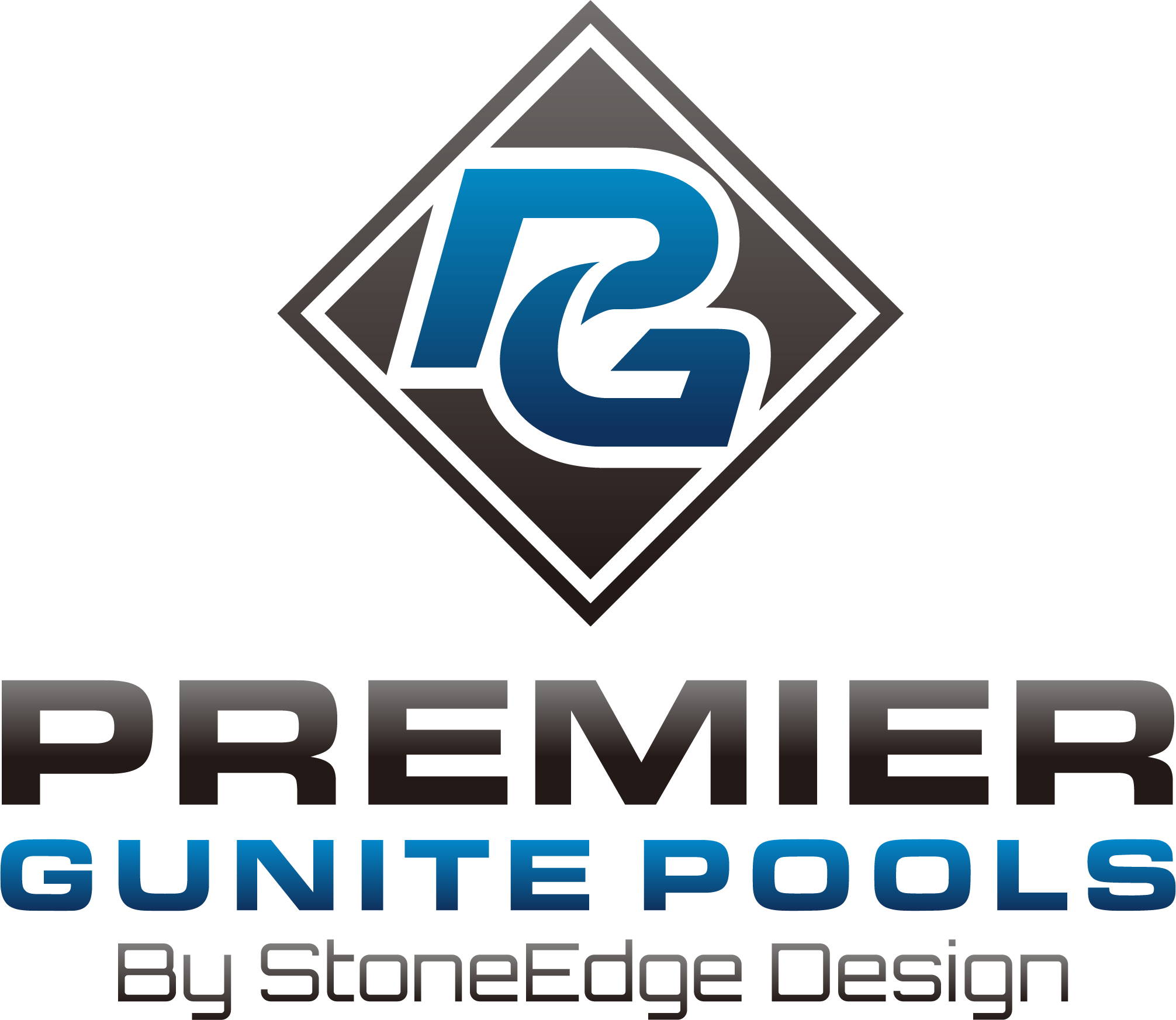Considering an Outdoor Fireplace? Here's What You Should Know
An outdoor fireplace would be an exciting new addition to your Portsmouth, RI, landscape. Think of all the late nights you can spend relaxing by the flicker of flames and the warmth of your very own fire feature. Here are a few things you should know when contemplating whether to bring this wonderful hardscape feature into your landscape.
Debate Which Fuel Type Would Be Best
One of the first things you should consider is how you will power your outdoor fireplace. You could opt for a wood fireplace as that is a popular choice. Wood is a preferred option by many homeowners because of the campfire scent and the enjoyment of lighting and tending to a traditional fire. Another advantage to choosing wood is that it sets the mood for the rest of the patio. The crackle of the burning wood and the smell of firewood instantly sets the tone of the evening.Not every likes everything about wood, however. A common concern is the amount of smoke that it produces. With a fireplace, smoke is not so problematic because the chimney funnels the smoke away from you and your guests and up into the sky.The other option to consider—natural gas—has a large advantage over wood for this particular reason. Natural gas burns clean with no smoke or residue that is created as a byproduct. This option is great for people who don’t particularly like the smell, look, or work involved with a wood-powered fire. Natural gas is also a great alternative if you have an outdoor fireplace near a dining area where you would not any sudden gusts of smoke to interfere with eating and conversing activities.Related: 4 Things You Need to Know About Outdoor Fireplace Maintenance
Planning for an Outdoor Fireplace
A major decision in the design of your outdoor fireplace is where you’re going to put it. It could be the centerpiece of your patio if you plan to use it most nights, or it could be a side feature, used only to add warmth when you need it.The type of fuel being used can also dictate the placement of the fireplace. You would not want a wood-burning fireplace close enough to your home that you’d have smoke constantly blowing into your home, for instance. You have more options on placement if you opt for a natural gas fireplace, but that doesn’t mean it's a simple installation. The challenge of installing a natural gas fireplace is the underground line that needs to be installed from your home to wherever your outdoor fireplace sits.Related: Selecting Color and Materials for Your Outdoor Fireplace in Jamestown, RI
Design Details and Choosing Materials
Now that you’ve addressed the foundational aspects of your fireplace, you can now dive into design. A cohesive design greatly depends upon the rest of your landscape and even the exterior of your home. By considering these surrounding areas, you will be able to work with your landscape contractor to create a complementary color palette for your fireplace unit. This will avoid making your fireplace look out of place. Another detail of design that needs attention is the type of material. You want high-quality material that is made to endure through changing seasons and extended periods of heat.

